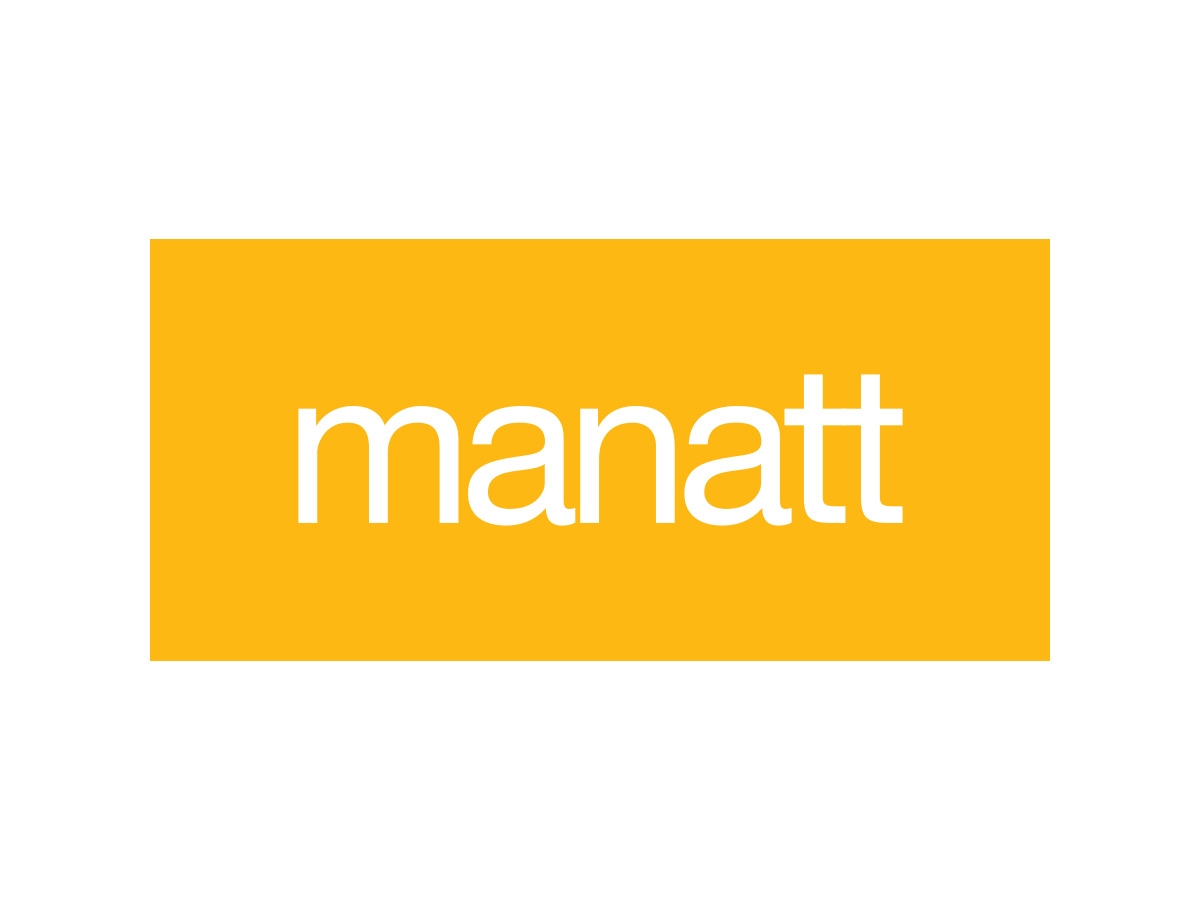Has the Supreme Court Undermined Pioneering Laser Patents?
“The D.C. Circuit in Gould concluded that laser amplifiers were a mechanical invention, and thus enablement of one embodiment was enough…. [I]f Gould were to be decided today, it seems likely that the D.C. Circuit’s rejection of the lower court’s ‘conclusion’ would be deemed overruled by the Supreme Court in Amgen.”
It seems likely that Amgen Inc. v. Sanofi 598 U.S. 594 (2023) will be one of the most significant, if not the most significant Supreme Court patent decision of 2023. Its holding that a claim to a genus of antibodies must be enabled to the full scope of species within that genus was emphatic and—coming from our highest court—about as final as stare decisis can guarantee.
Forty years ago, I was knee deep in U.S. Patent and Trademark Office (USPTO) and court proceedings on behalf of laser pioneer, Gordon Gould. A 1983 decision in Gould’s favor by an appellate court effectively shut down efforts by the USPTO and laser manufacturers to derail Gould’s patent portfolio, ultimately leading to widespread licensing of Gould’s patents.
But there was one point in that 1983 decision that might be viewed as inconsistent with Amgen’s holding. Should those laser manufacturers be second–guessing their decisions to license Gould’s patents? I think not, for the reasons which follow.
A Mini-Tutorial on Lasers
For purposes of this discussion, this is all one needs to know about what are loosely called “lasers.” A laser amplifier amplifies a beam of light. A laser oscillator is a laser amplifier with a feedback mechanism, such as a pair of parallel mirrors. Each time the mirrors send the light beam on another round trip through the amplifier, the beam is amplified further.
Also for present purposes, there are two key species of laser amplifiers: “optically pumped” laser amplifiers and “gas discharge” laser amplifiers.
Gordon Gould’s Patent Claims
In 1959, Gould filed an historic patent application with numerous groups of claims directed to, inter alia, laser amplifiers and laser oscillators. In the early 1980s, he was prosecuting—without success—claims directed to gas discharge laser amplifiers.
By that point, Gould was carrying some heavy baggage in the form of adverse decisions in two prior interference proceedings involving Gould’s laser oscillator claims. His losses (one of which was affirmed by the Court of Customs and Patent Appeals, a predecessor to our current U. S. Court of Appeals for the Federal Circuit) were not based on priority. Rather, his applications had been found not to have an enabling disclosure of laser oscillators as of Gould’s claimed 1959 effective filing date.
The USPTO Asserts Collateral Estoppel Against Gould
When the USPTO rejected Gould’s gas discharge laser amplifier claims, Gould filed a de novo action under 35 U. S. C. §145 in the U.S. District Court for the District of Columbia. In defending against Gould’s Section 145 action, the USPTO asserted collateral estoppel and moved for summary judgment on that basis. The USPTO argued that Gould’s subject amplifier claims “cover” and “encompass” laser oscillators, for which his specification had been found to be nonenabling. The district court agreed with the USPTO and granted summary judgment. Gould v. Mossinghoff, 215 U.S.P.Q. 310, 1982 WL 63793 (D.D.C. 1982)
Gould filed an appeal. Had he filed just a short time later, his appeal would have gone to the newly created Federal Circuit, which was about to open its doors. But instead, Gould’s appeal was perhaps the last patent appeal that went to the U.S. Court of Appeals for the District of Columbia Circuit.
The D.C. Circuit Reverses
The D. C. Circuit reversed and remanded, holding that Gould had a right to attempt to prove on the merits that his application was sufficiently enabling as to his gas discharge laser amplifier claims. Gould v. Mossinghoff, 711 F. 2d 396 (D.C. Cir. 1983). On remand, Gould proved precisely that. Gould v. Mossinghoff, 229 U.S.P.Q. 1, 1985 WL 6013 (D.D.C. 1985). That decision was affirmed on the merits. Patlex Corp. v. Mossinghoff, 822 F. 2d 1074 (Fed. Cir. 1987). Thereafter, much of the laser industry took licenses under U.S. Patent No. 4,704,583, which resulted from these decisions, and Gould’s other patents.
In its 1983 decision, the D. C. Circuit characterized the position of the USPTO and the district court as contending that Gould’s present claims “can be construed to cover laser oscillators as well as laser amplifiers,” such that the prior interference decisions should bar a finding here of adequate disclosure. 711 F. 2d at 398 (emphasis added). The D. C. Circuit accepted “neither the premise nor the conclusion” of that position.
First, as to the “premise,” it expressed serious doubt that the claims may reasonably be construed to cover anything but gas discharge laser amplifiers, given Gould’s disclaimer of anything else. Id. at 400. More on this shortly.
As for the district court’s “conclusion” which was said to follow from its “premise,” and construing the claims to cover laser amplifiers and laser oscillators, the D. C. Circuit held that Gould could support his claims “with less disclosure than was necessary to support his earlier claims to a laser oscillator.” The court reasoned that even if the claims include laser oscillators, “Under the settled rule that a broad mechanical claim can be supported by disclosure of a single embodiment of the claimed invention, a claim can be sustained even if it covers other inoperative or inadequately disclosed forms of the invention.” Id., citing In re Vickers, 141 F. 2d 522 (C.C.P.A. 1944).
Here is Where Amgen Comes In
Vickers was an illustration of a doctrine under which the amount of enablement needed depended on the degree to which the particular art at issue was deemed “unpredictable.” As explained, for example, in In re Fisher, 427 F. 2d 833 (C.C.P.A. 1970):
“In cases involving predictable factors, such as mechanical or electrical elements, a single embodiment provides broad enablement in the sense that, once imagined, other embodiments can be made without difficulty and their performance characteristics predicted by resort to known scientific laws. In cases involving unpredictable factors, such as most chemical reactions and physiological activity, the scope of enablement obviously varies inversely with the degree of unpredictability of the factors involved.”
Id. at 839. The D.C. Circuit in Gould concluded that laser amplifiers were a mechanical invention, and thus enablement of one embodiment (i.e. a laser amplifier) was enough.
But inventors of mechanical inventions did not enjoy this freedom for long. Well before Amgen, mechanical inventions were being held to a requirement that the full scope of the claims be enabled. For example, in Automotive Tech. Int’l Inc. v. BMW of North Am. Inc., 501 F. 3d 1274 (Fed. Cir. 2007), involving a patent on side impact crash sensors, the claim encompassed both mechanical and electronic side impact sensors, and was adequately enabled only for the former but not the latter. The claim was held invalid.
Thus, if Gould were to be decided today, it seems likely that the D.C. Circuit’s rejection of the lower court’s “conclusion” would be deemed overruled by Amgen.
What About the District Court’s ‘Premise’ in Mossinghoff?
Recall the district court’s “premise,” i.e., that Gould’s claims could be “construed to cover” both laser amplifiers and laser oscillators. As to the term “construed,” the Gould case took place decades before Markman, at a time when claims were being construed—if at all—by juries in “black box” verdicts. The vast body of Federal Circuit and Supreme Court jurisprudence on how judges should construe patent claims was in the distant future.
To be sure, one could not seriously argue that Gould’s laser amplifier claims should be construed to require the additional mirrors and the like that would form a laser oscillator; nor was that the argument of Gould’s opponents. So what exactly did it mean to say Gould’s claims could be “construed to cover” laser oscillators?
The simplest answer is that Gould’s amplifier claims might be infringed by laser oscillators. Indeed they would, and there is nothing remarkable about that. It has long been axiomatic that adding features to an infringing device will not result in noninfringement. See, e.g., Uniroyal, Inc. v. Rudkin-Wiley Corp., 837 F. 2d 1044, 1057 (Fed. Cir. 1988). Nothing in Gould’s gas discharge laser amplifier claims would warrant a different conclusion. His claims used the transition term “including,” which is synonymous with “comprising” and means the claim is “inclusive or open-ended and does not exclude additional, unrecited elements….” M.P.E.P. §2111.03 (I) (Ninth Ed., Feb. 2023).
Thus, Gould’s gas discharge laser amplifier claims could be infringed by a free-standing laser amplifier, as well as by a laser amplifier sandwiched between two mirrors (or, for that matter, two slices of bread). Taken to its logical conclusion, the USPTOs position would mean, e.g., that a claim to a wooden pencil is insufficiently disclosed if it would be infringed by a pencil on which is mounted a nonenabled eraser. The fact that Gould’s amplifier claims might be infringed by an amplifier with an add-on does not mean that Gould’s invention is anything but what he claimed.
In the end, the answer may well be found in Amgen itself: “[T]he specification must enable the full scope of the invention as defined by its claims.” 598 U.S. at 610 (emphasis added). In other words, ask not what might be infringed in addition to what is expressly recited in the claims; ask what the claims tell us about the scope of the invention.
Gould properly overcame the assertion of collateral estoppel because no prior case had concluded that he had insufficient disclosure of a gas discharge laser amplifier. And when given the opportunity to prove that his disclosure was enabled, he did.
Those opposed to Gould’s claims sometimes suggested that it was somehow unfair for Gould to demand royalties on laser oscillators when he could not assert claims directed to oscillators themselves. But that argument is overblown at best. First, Gould’s amplifier claims were much more susceptible to prior art defenses than would be the case with narrower oscillator claims. And if Gould were to seek damages, it is a good bet that accused infringers would make arguments such as “when claims are drawn to an individual component of a multi-component product, it is the exception, not the rule, that damages may be based upon the value of the multi-component product.” Virnetx, Inc. v. Cisco Systems, Inc., 767 F. 3d 1308, 1326 (Fed. Cir. 2014).
Gordon Gould died in 2005, not long after his commercially significant patents had expired. The D.C. Circuit had described him as “a recognized pioneer in the field of laser technology.” 711 F. 2d at 397. True then and true now. Let’s be thankful his patents came and went before Amgen.
Image Source: Deposit Photos
Author: kikkerdirk
Image ID: 5073168






